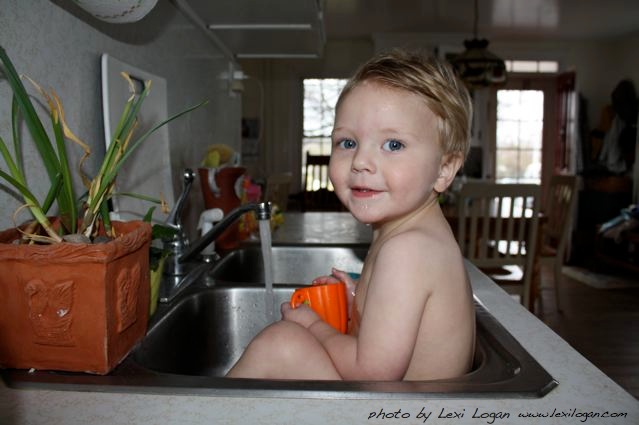The best allergy medicine for kids aged 2-5 years old

one way to beat allergies
The stereotype of the runny nosed preschooler is not so far fetched. But is it allergies or a cold? The difference between allergies caused by environmental irritants and colds caused by viruses can be tough to sort out in this age group. After all, germs spread like wildfire through the preschool crowd who tends to touch everything and everyone. The little ones are still sucking thumbs and rubbing eyes but aren’t so skilled at hand washing. At the same time, environmental allergies affect this age group just as much as in our older kids.
Your pediatrician can help sort out if your child suffers from back-to-back cold viruses or from allergies, although it isn’t always straightforward. One hint is in genetics. After all, the apple does not fall far from the tree. If one biological parent has allergies, a child has about a forty to fifty percent chance of having allergies. If both parents do, then the kid is doomed to about an eighty percent chance of allergies. Also, if one parent complains loudly that their nose is runny from allergies and your child’s nose starts to run, then it’s allergies. If your child has other signs such as a seasonal itchy face, a perpetual runny nose, or a dry sounding cough, your child’s doctor might recommend a trial of allergy medicine.
There are a few reasons that pediatricians often choose trial of allergy medicine without allergy testing.
1. Allergy testing involves either a blood draw or “skin testing” which is basically “skin pricking.” As you are likely well aware, kids this age are almost uniformly needle-phobic. Also, specifically testing for potential allergic triggers in the environment can be tricky. After all, we can’t test for every flower or tree.
Testing may be useful when there is something specific that can be eliminated in order to control symptoms. For example, if the new family cat is the trigger, then the cat can be kept out of the child’s bedroom, or in extreme cases parents may need to find a new home for the pet. In general, we caution about testing for sensitivity to family members such as dogs or cats.
2. If we decide that a child is allergic to trees, grass, pollen, or dust, things that kids cannot easily avoid, then, the mainstay of treatment is to periodically treat allergy symptoms with medicine. So if the end result is that the child will take allergy medicine, then one approach is to try the medicine, and if the child’s symptoms resolve, we have confirmed allergies.
So which allergy medicine to start? Here are some options:
Diphenhydramine (brand name eg. Benadryl, Banofen): This safe allergy medicine has been around for many years, and for this age, comes as a liquid, chewable tablet, and a melt-on-your-tongue form. The dose for kids younger than 6 years is based on your child’s weight, so you can check the correct dose with your pediatrician. The main side effect is sleepiness, so if symptoms are worse overnight, this medicine is good for bedtime dosing. This medicine lasts 6-8 hours, so your child may need 2 or 3 doses in a 24 hour period to adequately control symptoms. A small percentage of children can become hyper, rather than sleepy, when they take diphenhydramine. If this happens, you will know NOT to give a dose at bedtime.
Cetirizine (brand name eg. Zyrtec, Aller-tec): This safe allergy medicine has been approved for kids this age for many years. The advantage is that it can be dosed once daily. It does not cause as much drowsiness as diphenhydramine. Just in case their kids feel a little sleepy on it, many parents will give the dose at bedtime. For children aged 2-5 years, the commonly recommended dose is between 2.5 and 5mg, but may change depending on other medical problems your child might have, so check with your child’s pediatrician for proper dosing. For this age, the medicine comes as a liquid and as a chewable tablet.
Loratadine (brand name eg. Claritin, Alavert): Similar to cetirizine, loratadine is less sedating than diphenhydramine and also less likely to sedate than cetirizine. The dose commonly recommended for this age group is 5mg once daily, but check the dose with your child’s pediatrician because the dose may change with certain health conditions, such as kidney or liver problems. Kids usually take the liquid or dissolve-on-the-tongue form. The tablet form techinically can be cut in half and chewed, but tastes like cardboard.
While allergy nasal sprays and allergy eye drops work very well for allergies (see our prior post on the best allergy medicine for kids), Parents often end up wresting their kids in order to administer the drops.
Of course, you can also try to “wash the outside off” once your allergic kid comes inside. This means washing hands and face with soap and water, and perhaps even changing shirts. Or you can do what our photographer did with her little one — a dunk in the sink.
Julie Kardos, MD and Naline Lai, MD
©2017 Two Peds in a Pod®